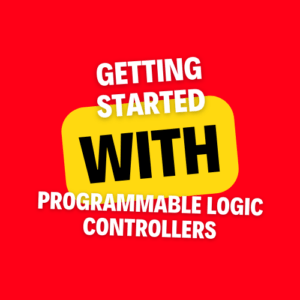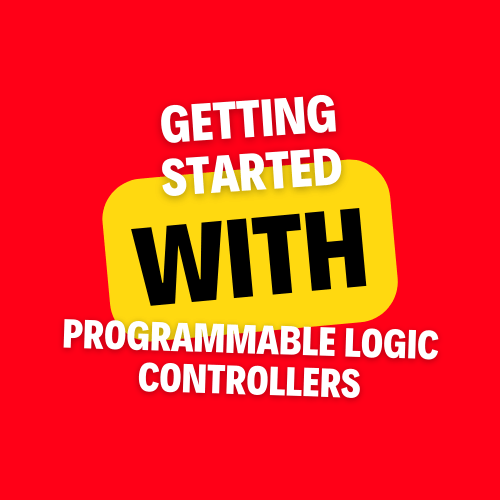The programmable Logic Controllers Beginner’s Guide, or PLCs for short, are computerize systems use in industrial and manufacturing applications to automate processes. PLCs are highly reliable and can be program to perform complex tasks with great precision. If you’re new to working with PLCs, here are some basic steps to get start.

Step 1: Understand the Basics of PLC Programming
PLC programming is typically done in ladder logic or function block diagrams and is compos of a series of instructions or “rungs”.
These instructions can be use to control outputs based on the status of inputs, or to perform mathematical operations or other functions.
To begin programming a PLC, you will need to understand the basics of ladder logic or function block diagrams.
There are many resources available online, including tutorials and videos, that can help you get started.
Step 2: Choose a PLC
There are many different types of PLCs available on the market, each with its own strengths and weaknesses. When choosing a PLC, consider the specific needs of your application and the features of each PLC.
Some common features to consider include the number of inputs and outputs, the speed and processing power of the PLC, and the programming language used.
Step 3: Install and Connect Your PLC
Once you’ve chosen a PLC, you will need to install it and connect it to the devices and systems it will control. This may involve wiring sensors and actuators to the PLC, as well as connecting it to a computer or network.
It’s important to follow the manufacturer’s instructions carefully when installing and connecting your PLC, as any mistakes could cause errors or even damage to the system.
Step 4: Write and Test Your PLC Program
With your PLC installed and connected, you can begin writing your program. This will typically involve using software provided by the manufacturer to create ladder logic or function block diagrams.
Once your program is written, it’s important to test it thoroughly to ensure it’s working as intended. This may involve running simulations, checking for errors, and making adjustments as needed.
Step 5: Monitor and Maintain Your PLC
Once your PLC is up and running, it’s important to monitor it regularly and perform any necessary maintenance or updates. This may involve checking for errors, replacing faulty components, or updating the software.
By following these steps, you can work with a programmable logic controller and automate processes in your industrial or manufacturing applications. With the right knowledge and tools, a PLC can be a powerful tool for improving efficiency and productivity.
For buying anything visit this Website to purchase some PLC
Our Other Products
17-Step Checklist for Repairing a Variable Frequency Drive (VFD)

